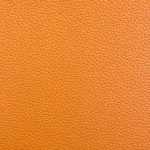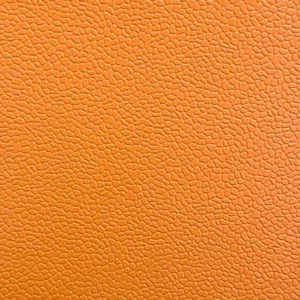Volleyball court floor epitomizes the purpose of a well-designed gym floor.
It involves each athlete running, pivoting, jumping, and diving. In all of these activities, there is a high degree of interaction with the flooring surface. When choosing volleyball flooring, the most important consideration is that all the latest sports performance criteria are met, such as the ASTM F2772 sports flooring standard.

Overview
Volleyball flooring needs diverse sports performance attributes to accommodate player movements seamlessly. It should provide uniform characteristics during matches. Here are key performance considerations for choosing volleyball flooring.
1. Have all the sports flooring performance criteria been met?
Volleyball is a physically demanding sport for athletes, requiring a wide range of motion. A useful way to judge a floor’s sports performance as a whole is the ASTM F2772 standard. It incorporates three critical characteristics for volleyball, including force reduction (shock absorption), surface finish effect (friction), and vertical deformation (Ball rebound is the fourth criteria, but has not implications on volleyball performance). Any sports floor that has passed the latest ASTM F2772 criteria is most likely suitable for volleyball.
2. Floor Maintenance and Protection Resources:
It's crucial to factor in lifetime maintenance costs alongside the initial flooring expenses. Maple hardwood courts, while durable, may require occasional refinishing. Investing in protective coverings is also advised. On the other hand, resilient surfaces like vinyl, linoleum, or rubber generally do not require refinishing, but their ease of cleaning depends on surface texture.
3. Consistency in Competition:
Consider whether maintaining competitive consistency is essential. While most high-level competitions employ maple hardwood courts, some teams prefer playing on the same type of court both at home and away. However, it's important to note that even courts of the same material from the same manufacturer can have unique performance characteristics due to their individual construction.












